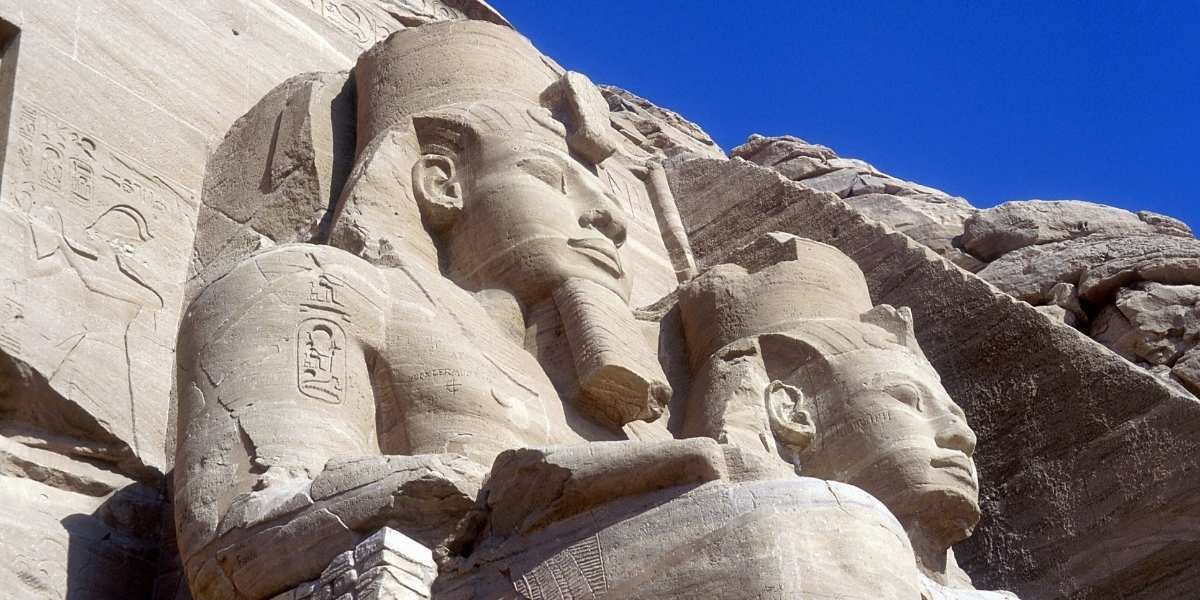The 1960s were a decade of profound change, rebellion, and cultural upheaval. Music was at the heart of this transformative era, playing a crucial role in shaping the counterculture movement. Through its powerful messages and bold experimentation, music became a unifying force, inspiring movements for peace, love, and equality. The era’s sounds didn’t just reflect the cultural shift—they fueled it, creating anthems that remain iconic today.
What Was the Counterculture of the 1960s?
The 1960s counterculture was a social and political movement that rejected mainstream norms, embracing ideas of freedom, self-expression, and nonconformity. Fueled by discontent with issues like the Vietnam War, racial inequality, and consumerism, this movement was most prominently expressed through art, fashion, and music. Music, in particular, became a vehicle for activism, inspiring millions to question the status quo and envision a more inclusive, peaceful world.
Central to the counterculture was the rise of the hippie movement, which emphasized ideals of love, harmony, and communal living. Music festivals like Woodstock became iconic symbols of this lifestyle, bringing together people from diverse backgrounds to celebrate unity and creativity. Artists and bands served not only as entertainers but as cultural leaders, shaping the philosophies and ideals of the time.
How Did Folk and Rock Music Drive Change?
Folk music emerged as a powerful medium for political expression in the early 1960s. With its acoustic simplicity and emphasis on storytelling, folk became a platform for addressing pressing social issues. Artists like Bob Dylan and Joan Baez used their music to protest the Vietnam War, advocate for civil rights, and inspire hope. Songs such as Blowin’ in the Wind and We Shall Overcome became anthems for change, resonating deeply with activists and audiences alike.
At the same time, rock music was undergoing a radical transformation. Influenced by blues and rhythm and blues, rock bands began experimenting with new sounds and ideas, pushing the boundaries of what music could convey. Groups like The Beatles, The Rolling Stones, and The Doors became symbols of rebellion, challenging traditional values and encouraging individualism. Rock wasn’t just about entertainment—it was a cultural revolution.
The blending of folk and rock reached its peak with the rise of psychedelic rock, a genre that sought to expand consciousness through innovative sounds and themes. Bands like Pink Floyd, Jefferson Airplane, and The Grateful Dead used experimental techniques and surreal lyrics to explore themes of identity, freedom, and spirituality. Psychedelic music became synonymous with the counterculture, offering listeners a sonic escape from societal constraints.
How Did Music Reflect the Political Climate?
The 1960s were marked by political turmoil, from the Vietnam War to the civil rights movement. Music became an outlet for expressing frustration, solidarity, and hope. Protest songs played a significant role in galvanizing public opinion and mobilizing movements.
Anti-war songs became especially influential, with tracks like Buffalo Springfield’s For What It’s Worth and Marvin Gaye’s What’s Going On highlighting the emotional toll of conflict. These songs encouraged listeners to question the morality of war and advocate for peace. At rallies and demonstrations, music provided a unifying force, creating a sense of collective purpose and determination.
The civil rights movement also found its voice in music. Soul and R&B artists such as Sam Cooke, Nina Simone, and James Brown used their platforms to address racial inequality and inspire empowerment. Songs like A Change Is Gonna Come and Say It Loud—I’m Black and I’m Proud became powerful statements of resilience and pride, amplifying the call for justice.
Music festivals, such as the Monterey Pop Festival and Woodstock, were more than just gatherings—they were political and cultural statements. These events celebrated ideals of peace and love while promoting messages of activism and solidarity. Woodstock, in particular, became a symbol of the counterculture’s values, showcasing performances that captured the spirit of the era.
Why Does the Music of the 1960s Still Resonate Today?
The music of the 1960s counterculture remains timeless because of its boldness, authenticity, and relevance. The issues that defined the decade—war, inequality, and the search for meaning—are still deeply resonant in today’s world. Songs from this era continue to inspire new generations of artists and activists, reminding us of the power of music to bring about change.
In a modern context, the spirit of the 1960s lives on in movements for social justice, climate action, and equality. Contemporary artists often draw inspiration from the counterculture’s legacy, incorporating its themes of activism and rebellion into their work. Whether through direct references or stylistic nods, the influence of 1960s music is undeniable.
The counterculture’s emphasis on experimentation and breaking boundaries paved the way for countless genres, from punk to alternative rock to indie music. The willingness to challenge norms and embrace innovation is a hallmark of the era that continues to shape the musical landscape.
The Enduring Legacy of Counterculture Music
The music of the 1960s counterculture wasn’t just background noise—it was the lifeblood of a generation seeking change. It united people across divides, offering hope, inspiration, and a vision for a better world. From the folk anthems of Bob Dylan to the psychedelic explorations of Jefferson Airplane, these sounds captured the essence of a tumultuous yet transformative era.
As we reflect on this remarkable period, it’s clear that the 1960s counterculture and its music left an indelible mark on history. By embracing the ideals of creativity, rebellion, and community, this movement reminds us of the potential for art to shape society. The songs of the 1960s continue to echo through time, reminding us of the enduring power of music to inspire, connect, and transform.








